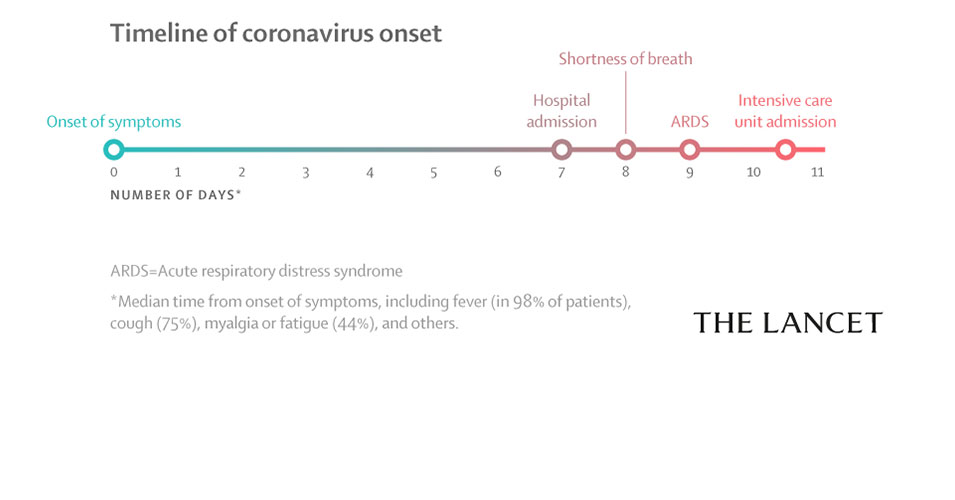
COVID-19 has been declared a pandemic by the World Health Organisation (WHO) on 11 March, due to the rising number of confirmed cases around the world and the increase in deaths.
“In the days and weeks ahead, we expect to see the number of cases, the number of deaths, and the number of affected countries climb even higher,” said WHO Director General, Tedros Adhanom Ghebreyesus.
“This is the first pandemic caused by a coronavirus. And we have never before seen a pandemic that can be controlled, at the same time,” he said.
He urged countries to take urgent and aggressive action to contain its spread.
Confirmed COVID-19 cases have reached 126,136, with 4,630 deaths, while 68,219 people have recovered, according to Johns Hopkins University, as at 11 March, at 4:53pm (Tongan time).
Italy's confirmed 12,462 people with COVID-19, and 827 deaths-the highest outside of China. The country has reportedly ordered all businesses to close except for pharmacies, grocery stores, banks and public transit.
Iran has 9,000 confirmed people with COVID-19 and South Korea 7,755. People with COVID-19 are also increasing all over Europe especially in France, Spain and Germany.
In the Pacific region, no Pacific Island country has reported any confirmed cases, apart from Australia and New Zealand.
Most at risk
To date, evidence shows two groups of people with COVID-19 are at a higher risk of developing serious illness, according to WHO. They are people over 60-years-old and people with underlying medical conditions such as cardiovascular disease, diabetes, chronic respiratory disease, and cancer. The risk of severe disease gradually increases with age starting from around 40 years.
The illness is mild, however, especially for children and young adults.
WHO states around 80% of people with COVID-19 recover from the disease without needing special treatment. While 15% have severe infection, requiring oxygen, and 5% have critical infections, requiring ventilation.
Around 1 out of every 6 people with COVID-19 will experience serious illness.
Incubation Period
The incubation period is the time it takes for symptoms to appear after being infected.
Estimates for the COVID-19 incubation period ranges between 1 – 14 days but is most commonly around five days, according to WHO.
Symptoms
The most common symptoms of COVID-19 includes fever, tiredness, and dry cough, with some patients experiencing aches and pains, nasal congestion, runny nose, sore throat or diarrhea.
The symptoms are generally mild and begin slowly although there are some people who become infected but don’t develop any symptoms and don’t feel unwell.
How COVID-19 spreads
People who have the virus can spread it to other people by coughing or exhaling. This causes small droplets from the nose or mouth to land on objects and surfaces around the person.
People can catch the virus when they touch these objects and surfaces and then touch their mouths, nose, or eyes.
People can also catch the virus by breathing in the droplets from a person with COVID-19 who coughs or exhales. People should keep more than 1 meter (3 feet) away from a sick person.
Prevention measures
- The best way to protect yourself and others from COVID-19 is to wash your hands regularly with soap and water or alcohol-based hand rub as it kills viruses on your hands.
- Avoid touching eyes, nose and mouth.
- Cover your cough or sneeze with the bend of your elbow or tissue, and keep a distance of at least 1 metre (3 feet) from people who cough or sneeze.
- Stay home if you start to feel unwell. If someone in your home is not well, limit your shared spaces.
- If you recently visited a country or area where COVID-19 is spreading, you need to self-isolate by staying at home if you start to feel unwell with mild symptoms such as a headache, fever, slight runny nose, until you are better.
There is no cure for COVID-19 at the moment but several ongoing clinical trials are underway to find one.



